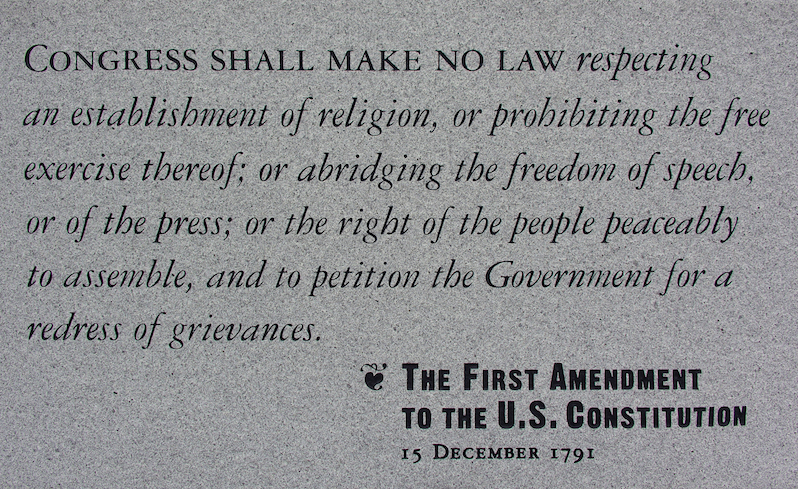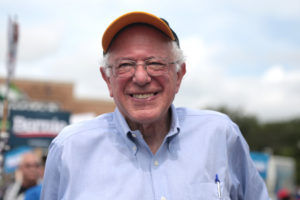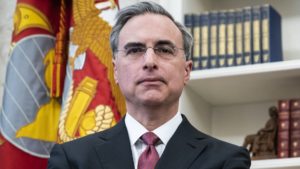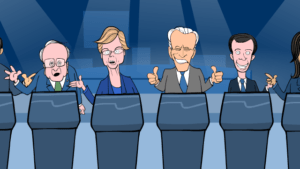How Donald Trump, Hillary Clinton and Hulk Hogan Threaten Freedom of the Press
The power elites that rule America are threatening the First Amendment again—and the assault is not coming just from government agencies. The First Amendment is one of the 10 amendments that make up the Bill of Rights. (Ed Uthman / CC BY-SA 2.0)
1
2
3
The First Amendment is one of the 10 amendments that make up the Bill of Rights. (Ed Uthman / CC BY-SA 2.0)
1
2
3

The First Amendment is one of the 10 amendments that make up the Bill of Rights. (Ed Uthman / CC BY-SA 2.0)
As we navigate an uncertain 2025, with a new administration questioning press freedoms, the risks are clear: our ability to report freely is under threat.
Your tax-deductible donation enables us to dig deeper, delivering fearless investigative reporting and analysis that exposes the reality beneath the headlines — without compromise.
Now is the time to take action. Stand with our courageous journalists. Donate today to protect a free press, uphold democracy and uncover the stories that need to be told.






You need to be a supporter to comment.
There are currently no responses to this article.
Be the first to respond.